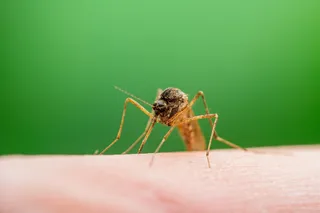Snot is slimy, and for most, it's gross and not pleasant. But, for all the reactions that slime can provoke — disgust, pleasure, or fascination — we depend on our slimy secretions. We have snot for a reason, and that slime can protect us from cells and surfaces. For some, watching slime can even provoke feelings of relaxation.
Here are five things about snot that you probably didn’t know.
Snot, commonly referred to as mucus, is a substance found in the nose and sinuses. It plays a crucial role in the respiratory system by trapping dust, germs, and other particles, preventing them from entering your lungs. Snot also helps to moisturize the nasal passages and protect the sensitive respiratory tract from irritation and infection.
Read More: Digging Into Nose Picking and Why We Are Guilty of It
The mucous membranes lining the nose, sinuses, and throat produce snot. It is ...














